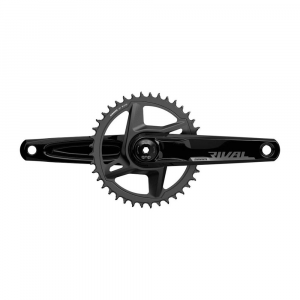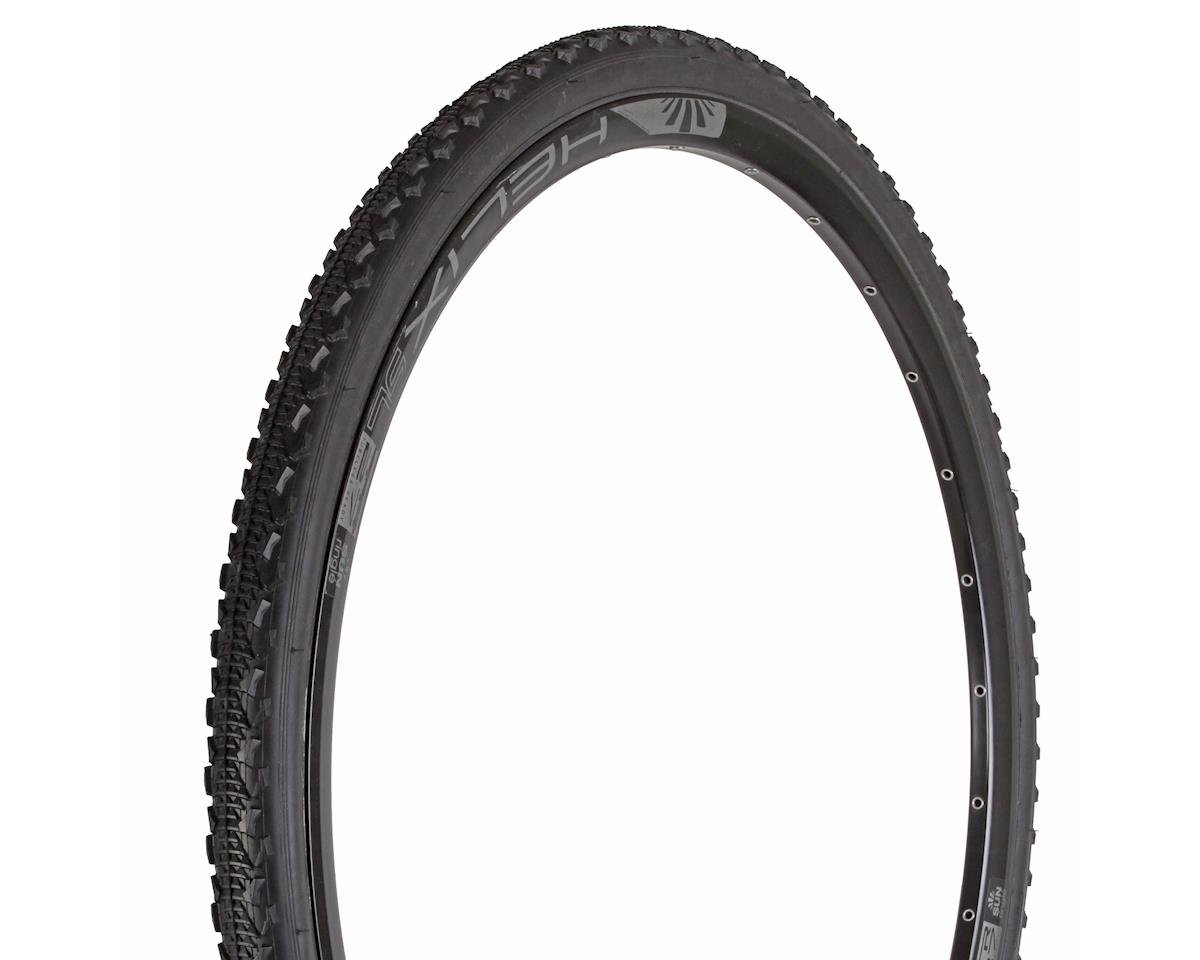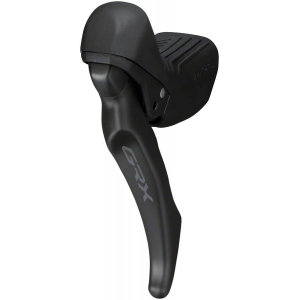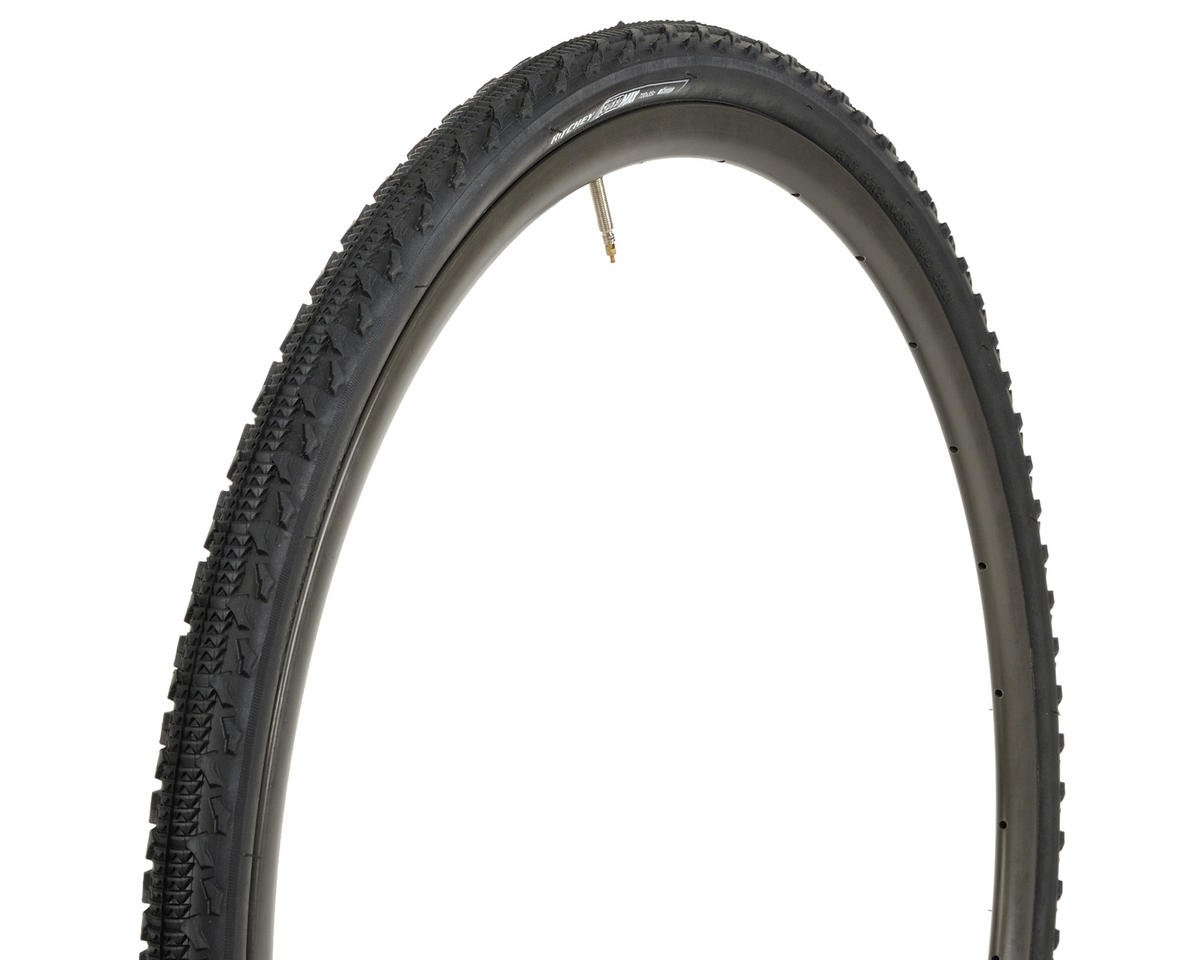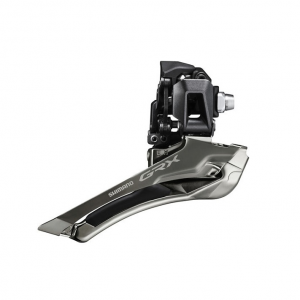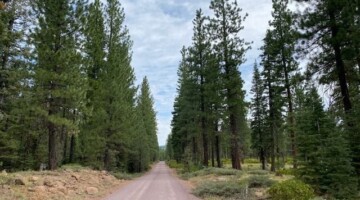Jon Severson is the curator of the Monstercross News Facebook page that preserves the legacy of Matt Chester’s monster cross creation. Severson is contributing semi-regular columns to Cyclocross Magazine to provide readers with a deeper look into the monster cross platform. For more from Severson, see our interview with him from earlier this year and his first column on why you might be interested in building a monster cross bike.
Today’s column takes a look at the history of dirt drop bars, which are an essential part of a monster cross setup.
by Jon Severson
Before we delve further into the world of monster cross, I feel it’s necessary to give a bit of a background on the dirt drop handlebar.
Why? Yes, they are sometimes misunderstood and often poorly set up (hey, I did that a few times!), but at their core, dirt drops are a really neat handlebar with applications that aren’t constricted to just the dirt. Plus for monster cross, I feel it’s a simple—yet important—upgrade from a traditional drop bar or “gravel” bar.
If you are not familiar with a dirt drop, for this column I will define them as a drop bar designed specifically with off-road use in mind where the hooks, or drops, are the primary riding position. They come in different shapes and sizes, but the photo below provides a closer look at an example of a dirt drop bar.
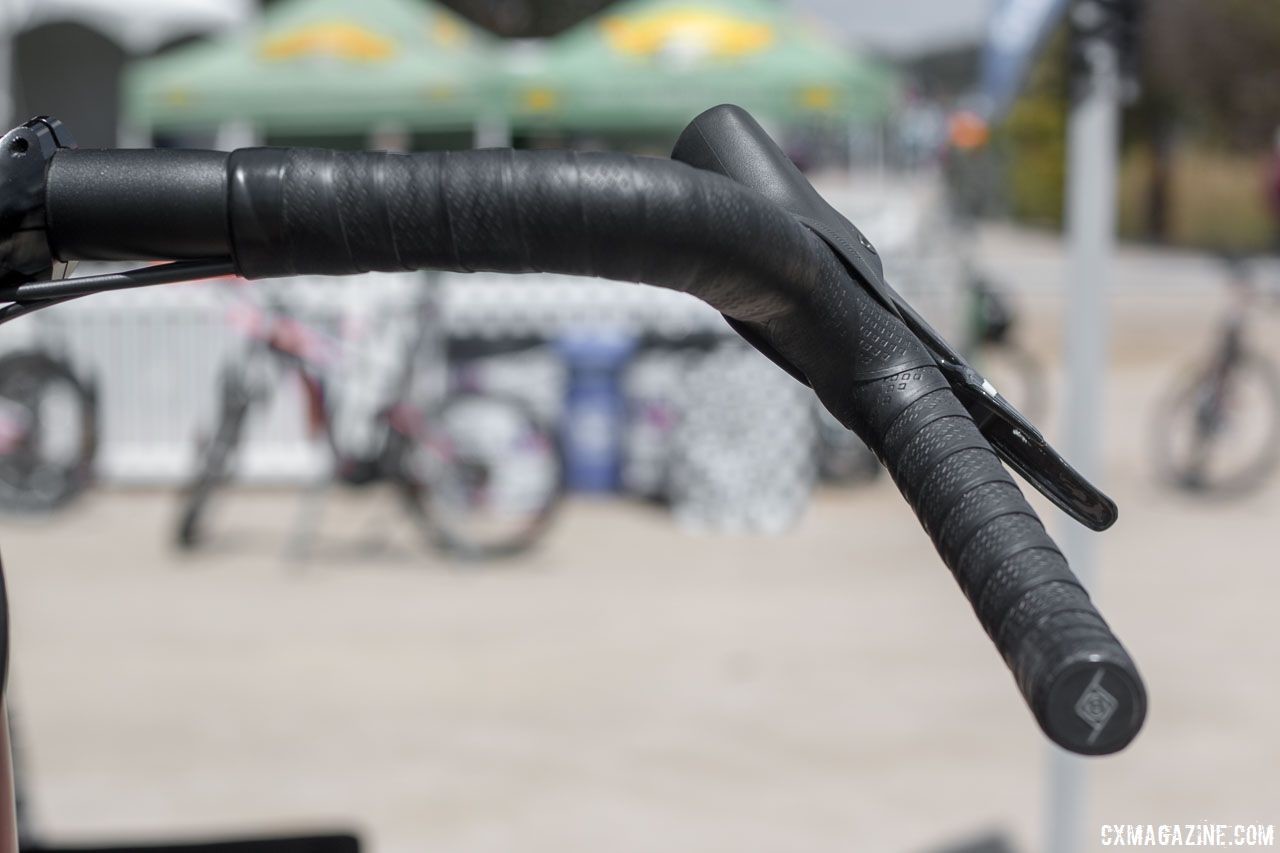
Origin8’s dirt drop Gary bar line adds flare to your monster cross build. 2018 Sea Otter Classic cyclocross and gravel new products. © Cyclocross Magazine
Dirt drops have an interesting history of thriving, going away and then rebirth. The rebirth of the dirt drops in the early 2000s is an essential part of the history of monster cross, so in today’s column, I want to provide a brief history of the dirt drop, highlighting key players and visionaries, and then offer my thoughts on why I think they’re a great fit for do-it-all monster cross bikes and more. In a future column, I will look at some of my favorite dirt drops and share why I dig them.
The Heyday of Dirt Drop Bars
Dirt drops aren’t new, but they went dormant long enough then came back so to many they seem new. Let’s start with the early days of mountain biking. Like the early 1980s, the beginning.
Look up pics of the NorCal and Crested Butte/Salida/Colorado Springs mountain biking scenes when everyone was trying a bit of everything. In both areas, you’ll see evidence of early dirt drops, back when you had to make them on your own.
Yes, you read that right: hand bent.
How? Back when a standard road bar was significantly thicker than today’s aluminum bars, you could pack that puppy full of fine sand, clamp the bar in the vice, then use your leverage amplifying tool of choice on the ends of the bar to flare those puppies out as much as you safely dared too. Bars were set up higher than your average road bar, you rode in the hooks because it’s not like the old brake hoods were comfy for long periods of time anyway, and boom! a drop bar handlebar modified for off-road use was (re)born.
Charlie Cunningham was a notable fan of the dirt drop; it’s hard to find a picture of one of his bikes that didn’t have a set of one variation or another of a dirt drop. But he wasn’t alone. Ibis and Salsa also embraced dirt drops and made stems aimed at optimizing their use for riding in areas such as NorCal and Colorado.
Later even big brands like Specialized and Bridgestone offered stock bikes that came with bars made by Nitto of Japan, a company which used to make stems, posts and bars for Specialized, Ritchey and others in the 1980s and 90s as well as the famous mustache bar.
Even in the early 1990s it was still not uncommon to see someone racing with dirt drop handlebars. Heck, Jacquie Phelan was still racing them at the pro women’s level. I should note, as it’s often misunderstood, while John Tomac did race drop bars off-road for a season, they were standard road bars, without the flare, similar to those on his 7-Eleven team road bike.
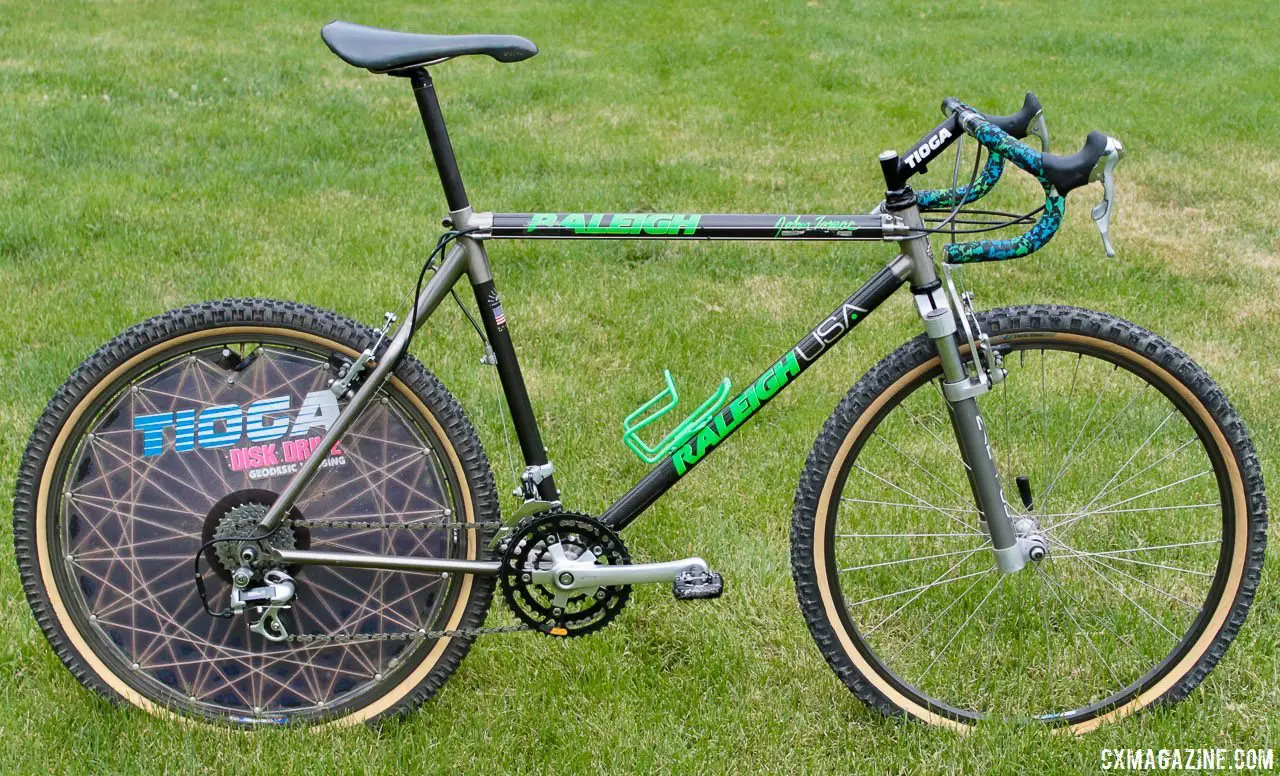
Eric Rumpf’s John Tomac replica 1991 Raleigh Signature ti/carbon drop bar mountain bike. © Eric Rumpf
Dirt drops worked better off-road than normal drops and allowed for use of some existing bits from the road world—bar-end shifters, for example—and multiple hand positions. However, the trend towards more Moto-inspired bikes led to the flat bar to become the dominant choice for riding off-road. WTB went from selling 100s of drop bars in the early 1990s to placing its last order around 1992-1993 for, I’m told, 500 dirt drop bars. The last of that order sold out around 1999 or 2000.
In the years that followed, the law of supply and demand made it tougher for enthusiasts who still wanted to run dirt drops. Bars that were about $50 new (or less in closeout bins) started going for $150-$200 *used* online.
Keeping the Legacy Alive
WTB’s last order and the shift toward flat bars for the dirt marked the end of an era. However, there was one important person who helped keep the legacy of the dirt drop alive.
If you were on the internet back in the 1990s looking at bike sites and forums, someone named Shiggy (aka Don Pearson) stood out as a notable proponent of the dirt drop. Pearson proudly hoarded WTB and his own hand-bent bars and was still spreading the good word of the dirt drop. Pearson had been on dirt drops since the early 1980s, so he had seen the rise and fall of their popularity.
Most commenters fought the idea, while a few of us followed with curiosity, but it was Brant Richards of On-One fame (and later Ragley Bikes) who had the vision to resurrect the dirt drop. Being the smart guy he was, he enlisted Shiggy to help him develop the first of the new wave of dirt drop handlebars: The On-One Midge.
From a monster cross standpoint, the era of the Midge is important as it came about right when Matt Chester started to really dig in on dirt drops and led to more offerings.
However, Brant wasn’t the only one with his eyes wide open. When a young Jason Boucher was at QBP, he landed the opportunity to head up Salsa a few years after QBP bought it, and he had big dreams for the brand. I knew Jason from my days at LEW and our time in the Minnesota scene, and at Interbike one year he messaged me to swing by the Salsa booth at the dirt demo; he had something to show me.
It was in the first or second year of the Monstercross News page on Facebook, and he knew I had become a dirt drop lover. I stopped by, he took me to the very back of the booth and showed me the Woodchipper on his personal bike. I was intrigued.
There were a number of other dirt drops in this second wave that helped bring the design back. Origin 8 quietly came out with the Gary bar dirt drop and has since expanded its line to three different models and now even offers dirt-drop-friendly stems.
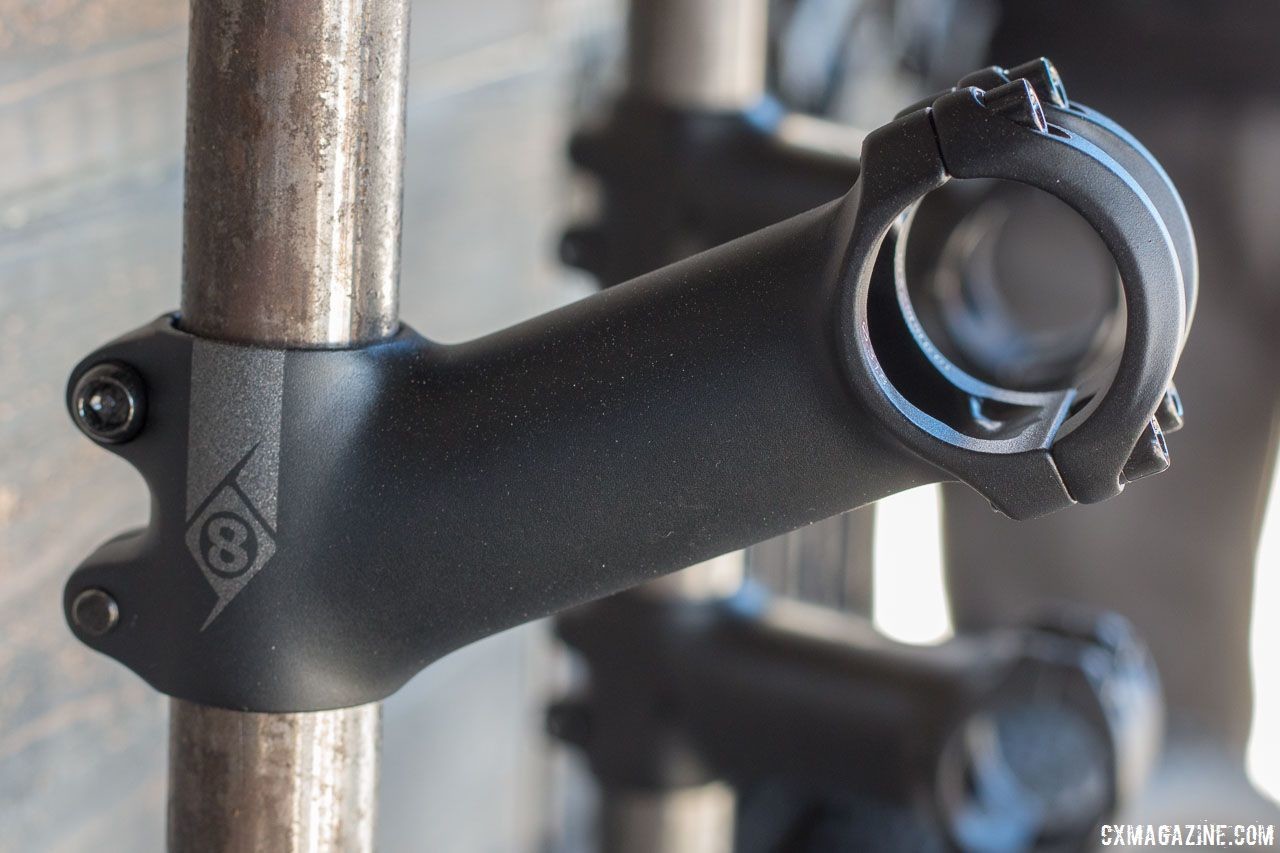
See a dirt drop bar in your future? Origin8. has a new Everland stem with 25 and 45 degree rises in 60-120mm lengths for a proper dirt drop fit. 2018 Sea Otter Classic cyclocross and gravel new products. © Cyclocross Magazine
A small U.K. upstart called Singular Cycles owned by Sam Allison released the race-oriented Gryphon and short-lived—but highly sought after—Peregrine. Richards and Allison also teamed up to design a more aggressive, off-road-oriented dirt drop called the Luxy bar. The Luxy was sadly—I had a set and they were great off-road—discontinued and now fetches WTB-level prices on eBay.
Finally, Soma Fabrications recognized the growing niche and came out with the 31.8mm Junebug and 26.0mm Portola. The company also designed the Gator bar for those who want to run mountain levers—thus the long, flat 22.2mm sections.
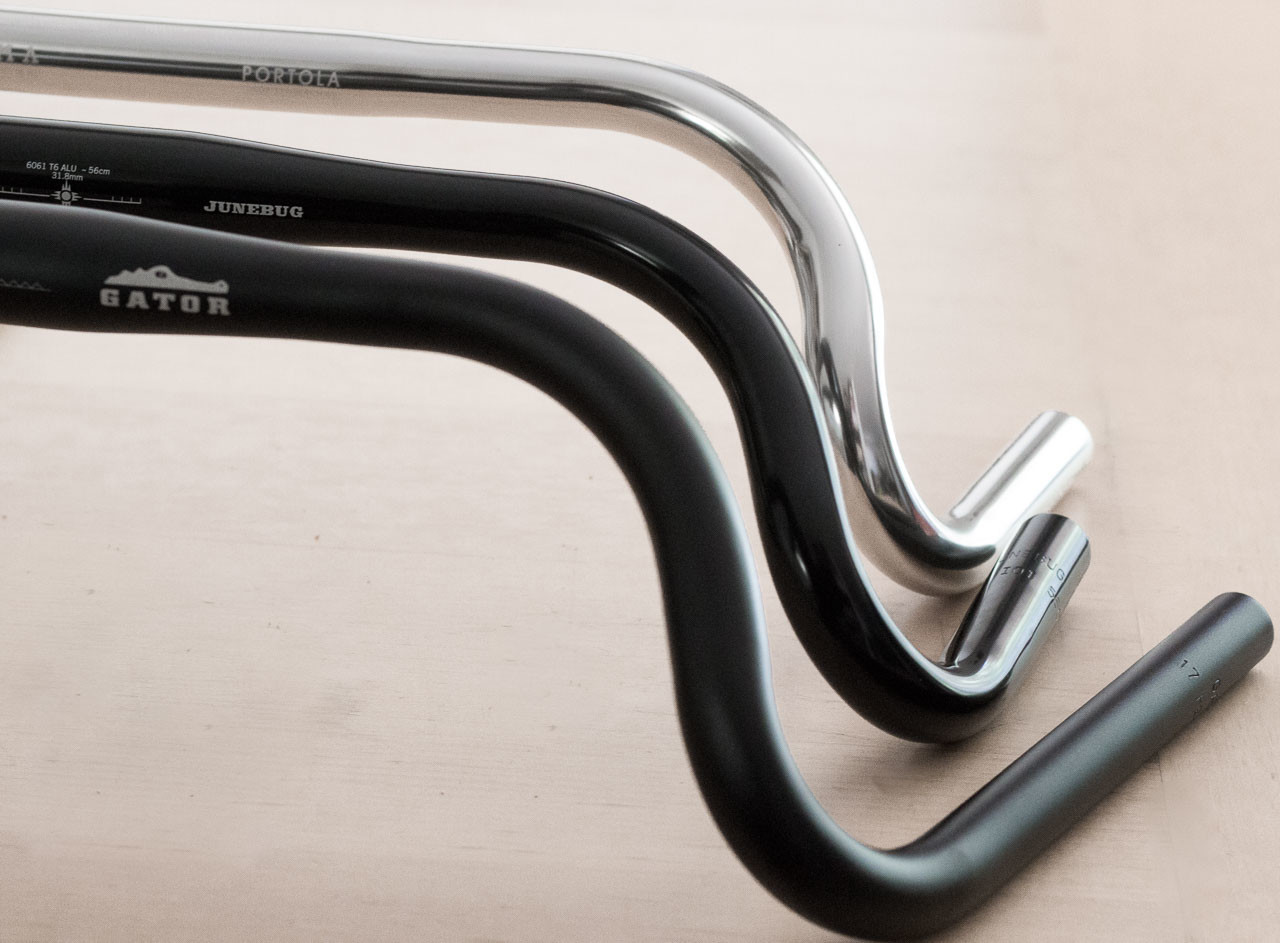
Soma now offers three dirt drops. The (front to back) Gator, Junebug and Portola. © Cyclocross Magazine
Dirt Drops Today
Thanks to these companies I’ve mentioned, there are quite a few brands now offering dirt drop handlebars. Nitto came out with the RM-3, which is a personal favorite. Salsa has added the Cowchipper and offers both that bar and the Woodchipper in carbon as well as two grades of alloy. More are surely on their way.
The popularity of such dirt drop bars in the gravel scene has without a doubt led to the new crop of flared gravel bars. These bars offer a slight amount of flare in the hooks that’s just enough to be advantageous while in the drops, yet maintains a more traditional road handlebar feel on the hoods and top of the handlebar. [Ed Note: We have covered examples of gravel flared bars by Easton, FSA, Nitto and Oval Concepts among others.]
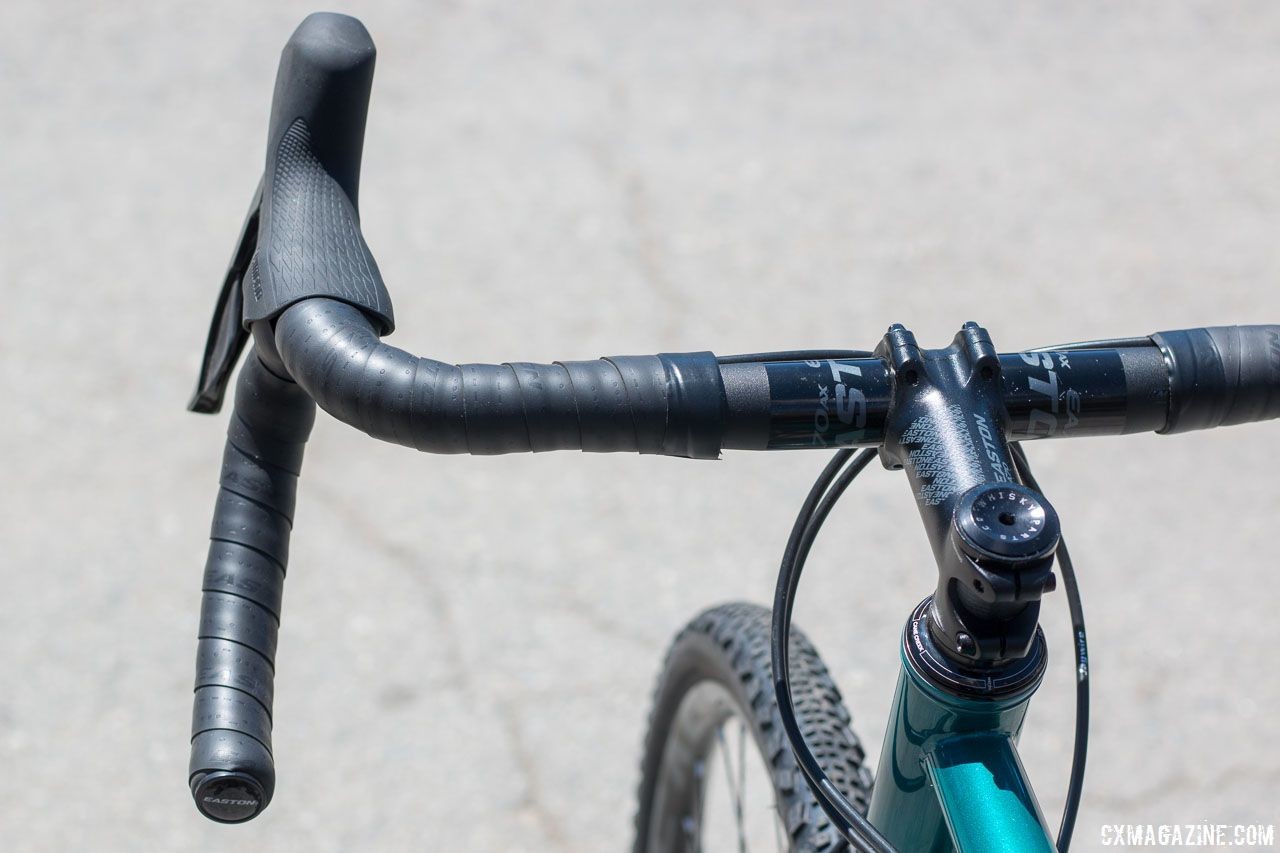
Easton’s AX flared adventure bars are an example of a flared gravel bar. 2018 Sea Otter Classic cyclocross and gravel new products. © Cyclocross Magazine
These flared gravel bars are often mistaken for being dirt drops, because hey, gravel is dirt after all. But they are more like cousins to the dirt drop, and more like immediate family members to traditional road drop bars.
If we, for example, compare the Easton AX flared gravel bar with the Soma Gator dirt drop, we see a drop of 120mm and a flare of 14 degrees for the Easton AX bar, and it has traditional center-to-center widths of 40 to 46cm. These measurements are, save the flare, similar to many road bars. The Soma Gator, on the other hand, flares out 20 degrees and has a drop of 112mm at the front that increases to 160mm at the ends. The bar is 34cm wide at the top flats, 50.5cm wide at the front of the drops and 65.5cm wide at the ends.
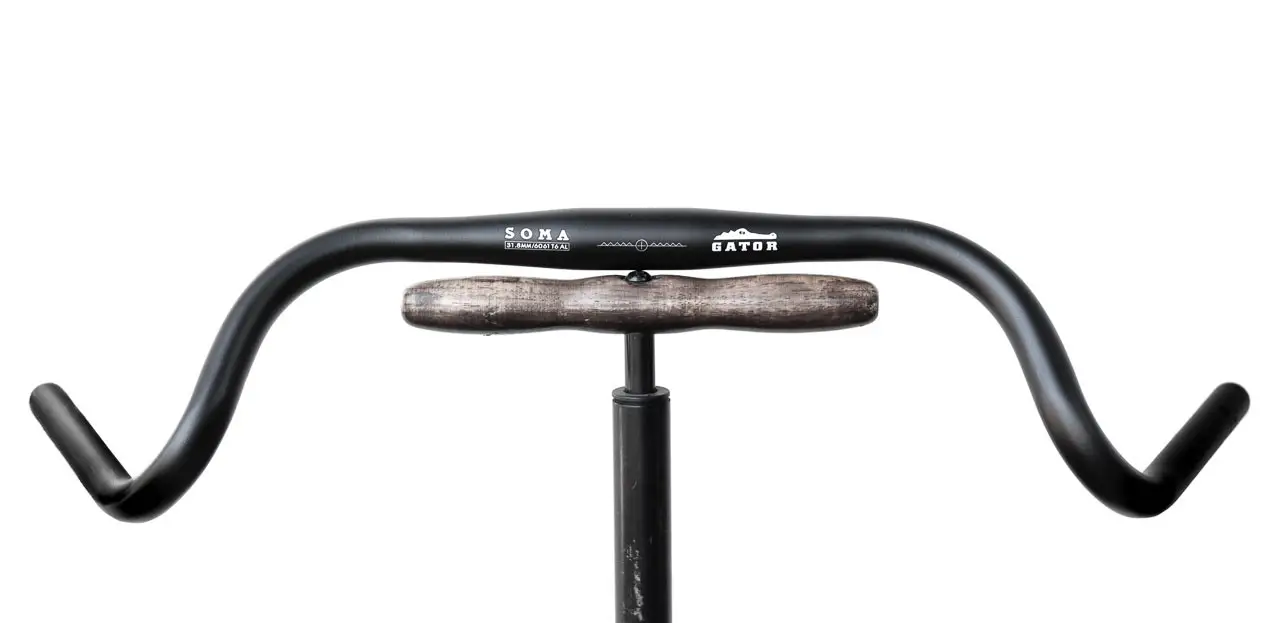
The Soma Gator has more flare and more total drop than its gravel bar counterparts. © Cyclocross Magazine
Like monster cross in general, dirt drops aren’t for everyone, no doubt. At the same time, I would hope folks do not assume they are just for riding off-road either. Their upright position lends well to commuters, touring and adventure cyclists—a position similar to the one touted by popular touring bike Rivendell Bicycle Works. Their leverage makes them popular as a secret weapon for cyclocross.
For monster cross, they give you the leverage and control you want when riding off-road while offering a range of positions for road and long-distance rides. This again reinforces a monster cross bike as one that fits between a cyclocross and mountain bike.
To me, the history of the dirt drops is an interesting story of rebirth. A rebirth I know I am grateful for thanks to their perfect fit for the versatile monster cross platform. Drop a comment below or on Monstercross News and let folks know how you use yours.
Note: Charlie Cunningham, a godfather of the dirt drop, suffered a bad wreck and still needs help with expenses. His wife has set up a GoFund Me page, if you like this article or just want to help someone who’s done a lot for our sport, please consider a donation: gofundme.com.
The Cyclocross Magazine team has several modern dirt drops in our hands for review at the moment. Stay tuned for the drop on the bars.












